John Chavis Memorial Park
Introduction
Text-to-speech Audio
Images
West entry to Chavis Park.
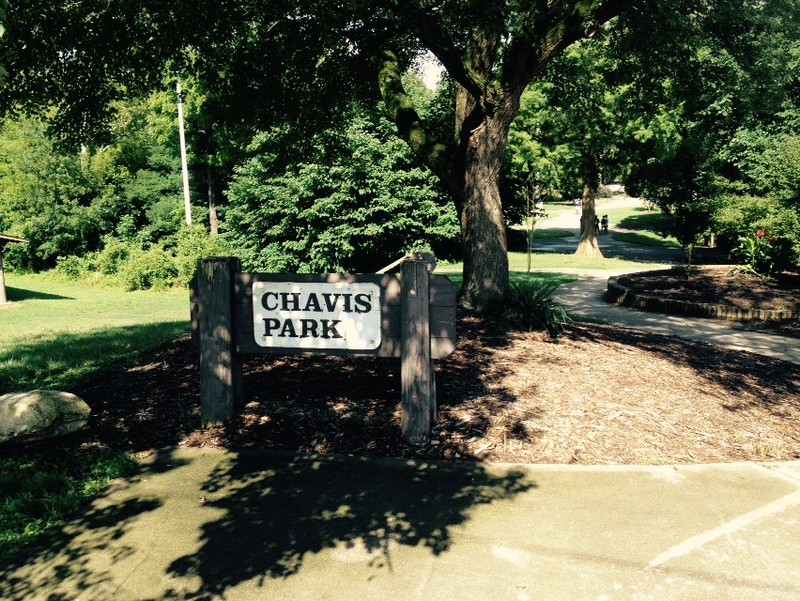
Nearby historic marker noting the importance of John Chavis, the namesake of the park.
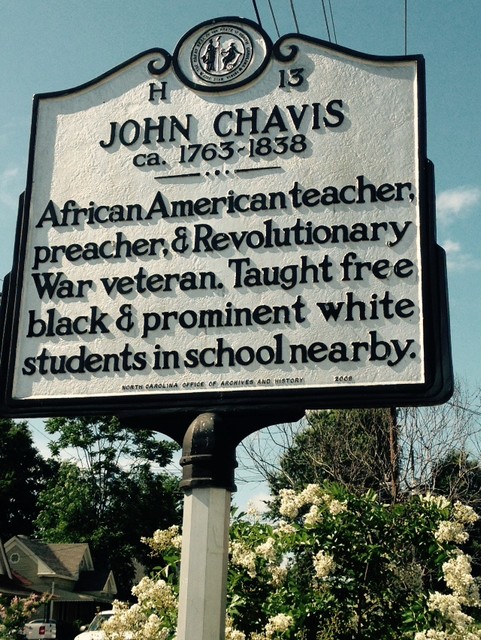
The Chavis Park carousel enclosure.
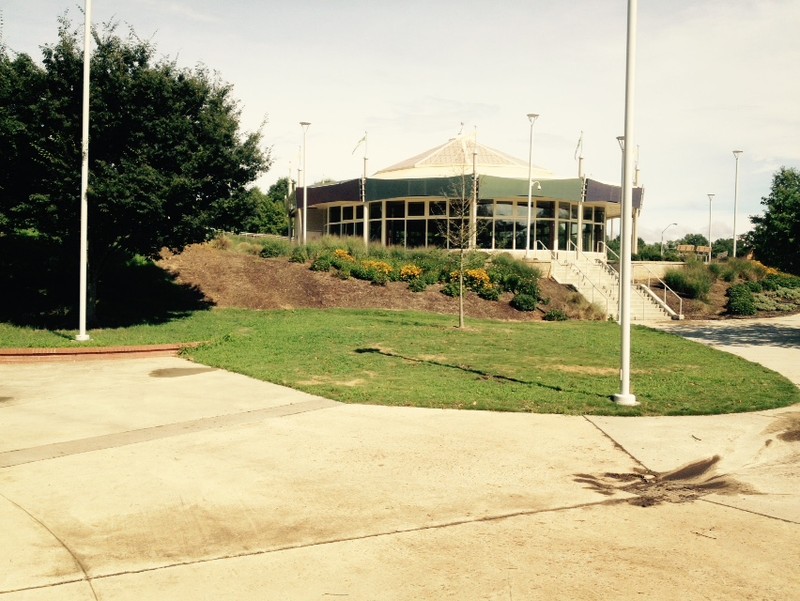
The Chavis Park swimming pool.
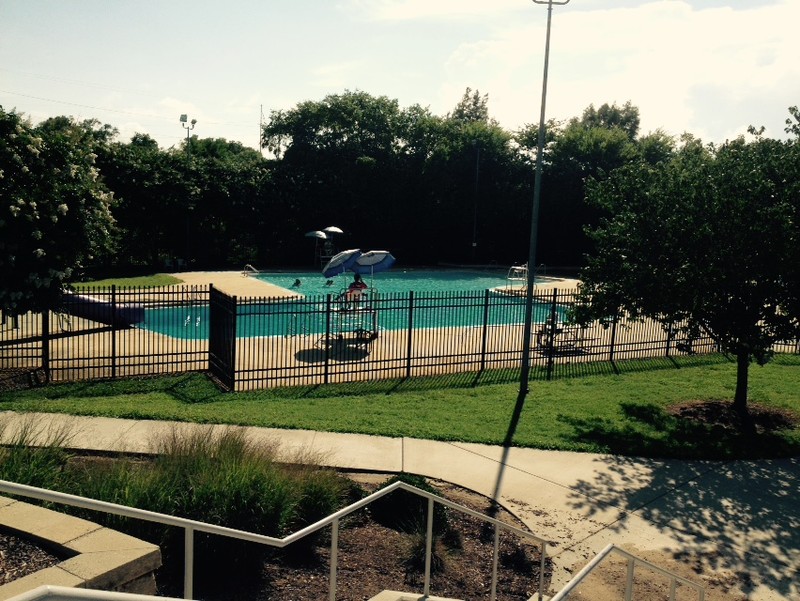
The playground at Chavis Park.
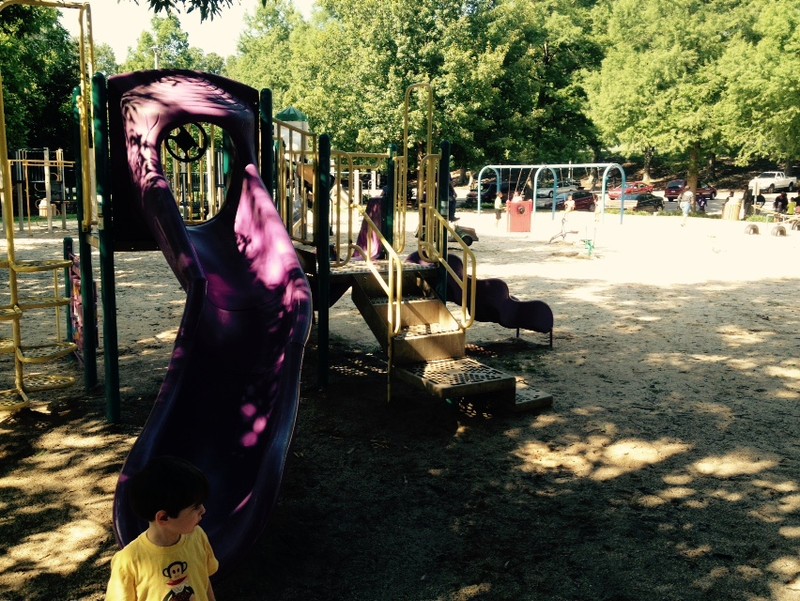
The Chavis Park baseball diamond.
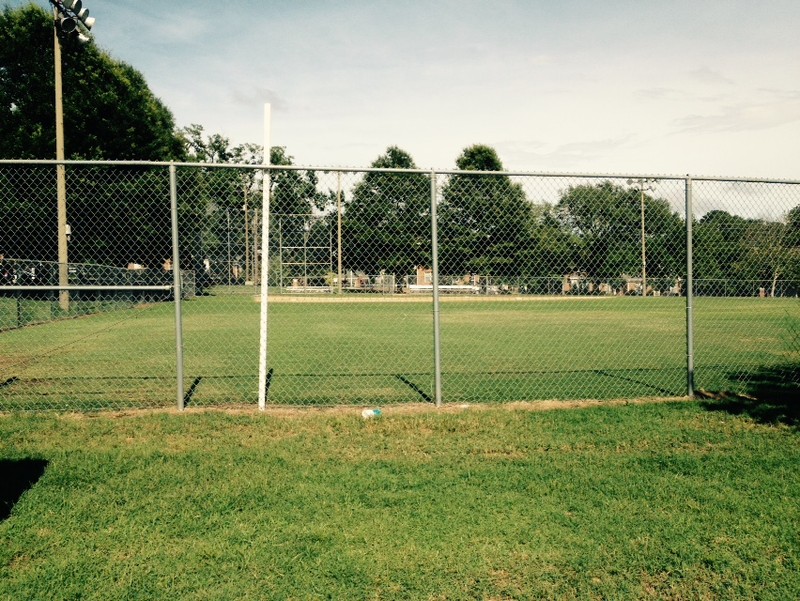
The Chavis Park tennis courts.
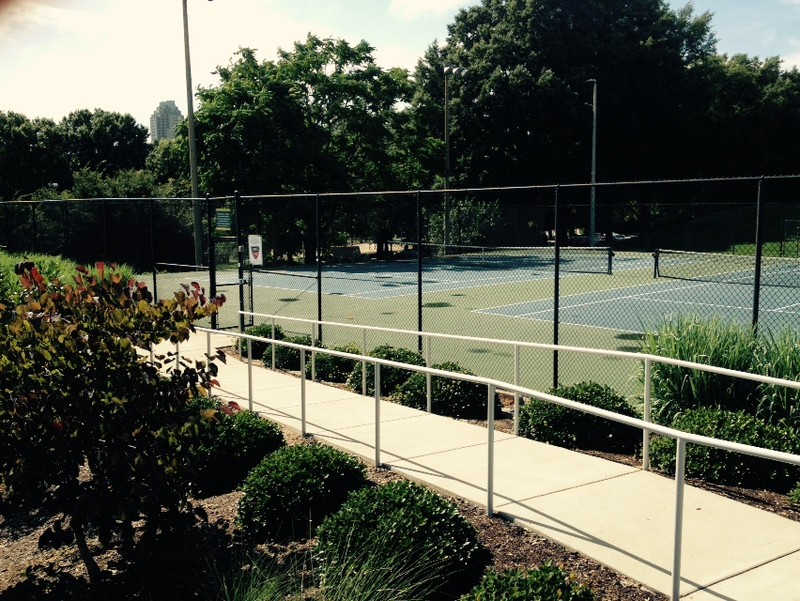
The entrance to the Chavis Park carousel house.
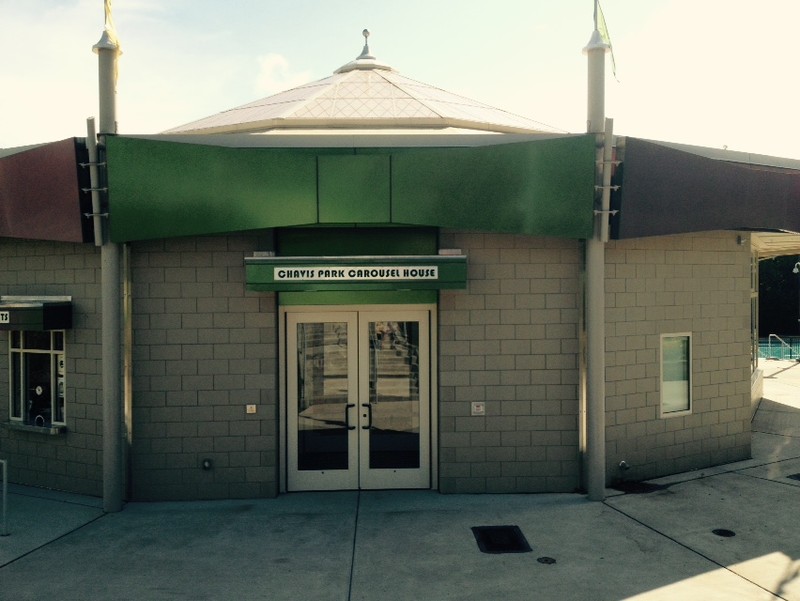
Backstory and Context
Text-to-speech Audio
The John Chavis Memorial Park opened in 1937 after construction by the Works Progress Administration and is named for a free Black preacher and teacher who fought in the American Revolution. It was built for the African American community in Raleigh, North Carolina to mirror the historic and historically white-dominant Pullen Park located just two miles away. The modern Chavis Park contains sports fields, a community center, a swimming pool, playground and picnic areas, and an historic carousel. The park has a rich history connected to the American Revolution, the Great Depression, and Southern segregation and in many ways reflects important themes in the history of Raleigh and the role of race in the community.
The John Chavis Memorial Park is a 29 acre park near downtown Raleigh, North Carolina that first opened in 1937. The park connects to the history of the United States from the American Revolution to the Great Depression and to segregation in the South. Chavis Park was built to model the historic Pullen Park. In 1887 Pullen Park became the first public park in the state of North Carolina offering baseball diamonds, play grounds, the city’s first swimming pool, as well as an historic Dentzel carousel, and even, at one time, a small animal zoo. These features were enough for Pullen to qualify as the 14th oldest amusement park in the world. While the historic Pullen Park was in theory accessible to all people, until the middle of the 20th century much of Pullen Park was segregated and only allowed for whites to have access.
Chavis Park was designed and built in the 1930s by the Works Progress Administration (WPA) to provide African Americans access to a high quality park. Located down the street from Pullen Park in a historical African American neighborhood (and near the historically Black Shaw University) Chavis Park was constructed to be a sort of mirror of Pullen Park for African Americans. The park, upon opening in 1937, included playgrounds, baseball diamonds, picnic areas, a pool, a refreshment stand, as well as it’s own historic Herschell carousel. The Chavis Park carousel features a “three abreast” design similar to the Pullen Park carousel although the Chavis ride is smaller and only has figures of horses while the Pullen ride contains a menagerie of animals.
In 1938 the park was dedicated to John Chavis, losing its original name, “Negroe’s Park.” At the dedication ceremony the park was called “a Federal and city gift to Raleigh Negroes.” The parks namesake, John Chavis, was a free Black man who fought in the American Revolution in Virginia and was a student of John Witherspoon, a signer of the Declaration of Independence. Chavis later became a preacher and moved to Raleigh, North Carolina. In 1808 he opened a private school in Raleigh for both free Black and white students. The school had a reputation for teaching the classical languages of Greek and Latin. Eventually, Chavis had to segregate the school, teaching Black students at night and the white students of prominent families during the day. He had to close his school after the Nat Turner rebellion in 1831 led to regulations about the education of African Americans. The white population of Raleigh increasingly withdrew from the school due to his outspoken abolitionist views. Chavis’ school is remembered today with an historic marker near the site of the school only a block away from Chavis Park.
Chavis Park enjoyed immediate success under WPA management (and funding) and drew African Americans from across the state, especially during the summer months when the park was open full time. World War II, however, brought an end to the WPA, and the city of Raleigh took on the management. During the war, the grounds were used to house African American soldiers. Over the years, the park has seen many changes. Reflecting the parks military uses, a fighter plane was briefly used as a slide. In the 1950s, a small train was installed to carry people around the park. The park has been used for myriad social and community events including local football and baseball games, water pageants, and more. However, by the 1970s the quality of the park was on the decline. Some claimed it was the result of a lack of support from the city of Raleigh, while others blamed the local community citing an increase in crime and drug use. Other factors limiting Chavis Park included the replacement of the original Olympic sized pool with a smaller pool, the inconsistent availability of features like the carousel, and the integration of other parks such as Pullen. Nearby schools also closed as a result of integration, leading to the sports facilities of the park no longer being needed.
Chavis Park was renovated in 1975 and 1982, adding features like tennis courts and restoring the carousel to working order, while eliminating the train and plane/slide. The park underwent further renovation in the mid-1990s. In 2014, the 1971 master plan for the park was updated with additional renovations planned. Chavis Park is today designated as an historic landmark.
The history of Chavis Park tells an important story about the city of Raleigh that is at once complex and meaningful, but also poignant and reflective of the accomplishments and struggles of African Americans in the American South. Chavis Park is a microcosm of the history of Raleigh and the role of race in its history. History is all around Chavis Park, from the park’s namesake- a Revolutionary War veteran, educator, and abolitionist,- to its construction during the Great Depression, its decline during integration in the 1960s and 70s, and all the way up to modern examinations of race. The John Chavis Memorial Park stands today not just as an historical landmark, but also reminder of the complex history of race in the United States and ongoing need for meaningful dialogue about race today.
